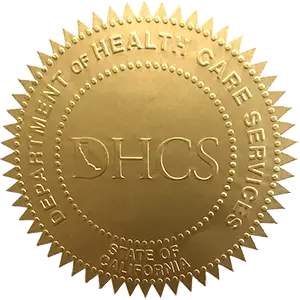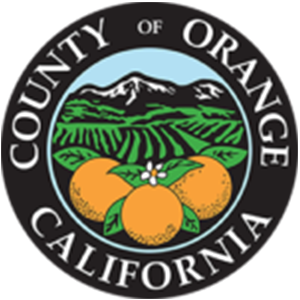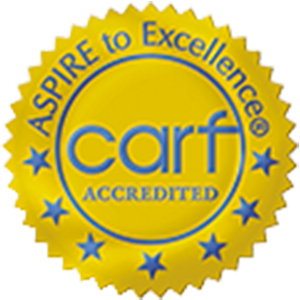Disassociation, for the uninitiated, is a psychological phenomenon that happens when a person disconnects from their thoughts, feelings, memories, or even sense of identity. It’s like the mind’s own escape hatch, a way to deal with overwhelming stress or trauma.
But how does one identify it? Being familiar with the signs of disassociation can help individuals, loved ones, and professionals spot it early and provide the necessary assistance.
Some common signs of disassociation include:
- A sense of detachment from oneself, as if watching oneself from a distance
- Feeling that the world around is foggy, dreamlike, or unreal
- Memory gaps or forgetting personal information
- A lack of a sense of self-identity
- Feeling emotionally numb, as if unable to feel pleasure or pain
In a 2018 study, it was found that almost 60% of the adult population will experience some form of disassociative symptom in their life. But it’s the persistent and recurring forms that can be particularly troubling and might even be linked to addiction. A startling 7% of the population may experience Dissociative Disorders, and within that, the comorbidity with substance abuse disorders is significant.
Contact Story Wellness
What Causes It?
Disassociation is like a misty fog that suddenly rolls in on what was once a clear day. But it is actually a way our brain tries to protect us. When something really painful or stressful happens, our minds might say, “This is too much,” and sort of pull the curtains, giving us a break. It’s the brain’s adaptive responses to stress or traumatic events.
Neurobiologically, it arises due to altered functioning within the brain’s limbic system, particularly the amygdala, which processes emotions, threats, and memories. This can result in an individual feeling detached from reality, their emotions, or their sense of self.
It may come from early childhood trauma, acute stress, or the presence of psychiatric conditions such as dissociative identity disorder (DID), post-traumatic stress disorder (PTSD), or borderline personality disorder (BPD).
Signs of Disassociation and Addiction
Often, individuals turn to substances to cope or to escape. When the world within becomes too fragmented and unfathomable, the allure of temporary relief is extremely tempting. Disassociation can both lead to substance abuse and be exacerbated by it, creating a perilous cycle.
Addiction, in many cases, is not just about the physical cravings but the emotional and psychological ones too. Recognizing the signs of disassociation within oneself or a loved one can be the first step in addressing a deeper-rooted issue.
Treating Disassociation
Understanding the problem is half the battle won. Once the signs of disassociation are recognized, the path to healing can begin. Treatment for disassociation varies, but a few standard methods have shown efficacy:
- Psychotherapy: This involves speaking with a trained mental health professional who can help the individual explore the causes of their disassociation and develop strategies to cope.
- Cognitive Behavioral Therapy (CBT): A type of psychotherapy that focuses on identifying and changing negative thought patterns and behaviors.
- Medication: While no drug specifically treats disassociation, some people find relief from associated depression or anxiety using antidepressants or anxiolytics.
- Eye Movement Desensitization and Reprocessing (EMDR): Especially helpful for those whose disassociation is a result of trauma.
- Mindfulness and Meditation: Grounding exercises can help bring the person back to the present moment.
Mental Health IOP (Intensive Outpatient Program)
For those needing more structured and intensive treatment, a mental health IOP can be invaluable. IOPs are designed for individuals who don’t need hospitalization but do require a higher level of care than standard therapy. These programs often combine various therapeutic techniques, like group therapy, individual therapy, and sometimes medication. The structured environment can be especially helpful in treating disassociation linked with addiction.
Remember, in the midst of our battles, seeking help and understanding is a sign of strength, not weakness.
Getting Help for Signs of Disassociation
If you recognize the signs of disassociation in yourself or a loved one, don’t navigate this path alone. At Story Wellness in Orange County, CA, we specialize in guiding individuals through their unique journeys of healing. Let’s craft your story of recovery together. Call us now at 866-476-2823. Your story deserves a better chapter.






